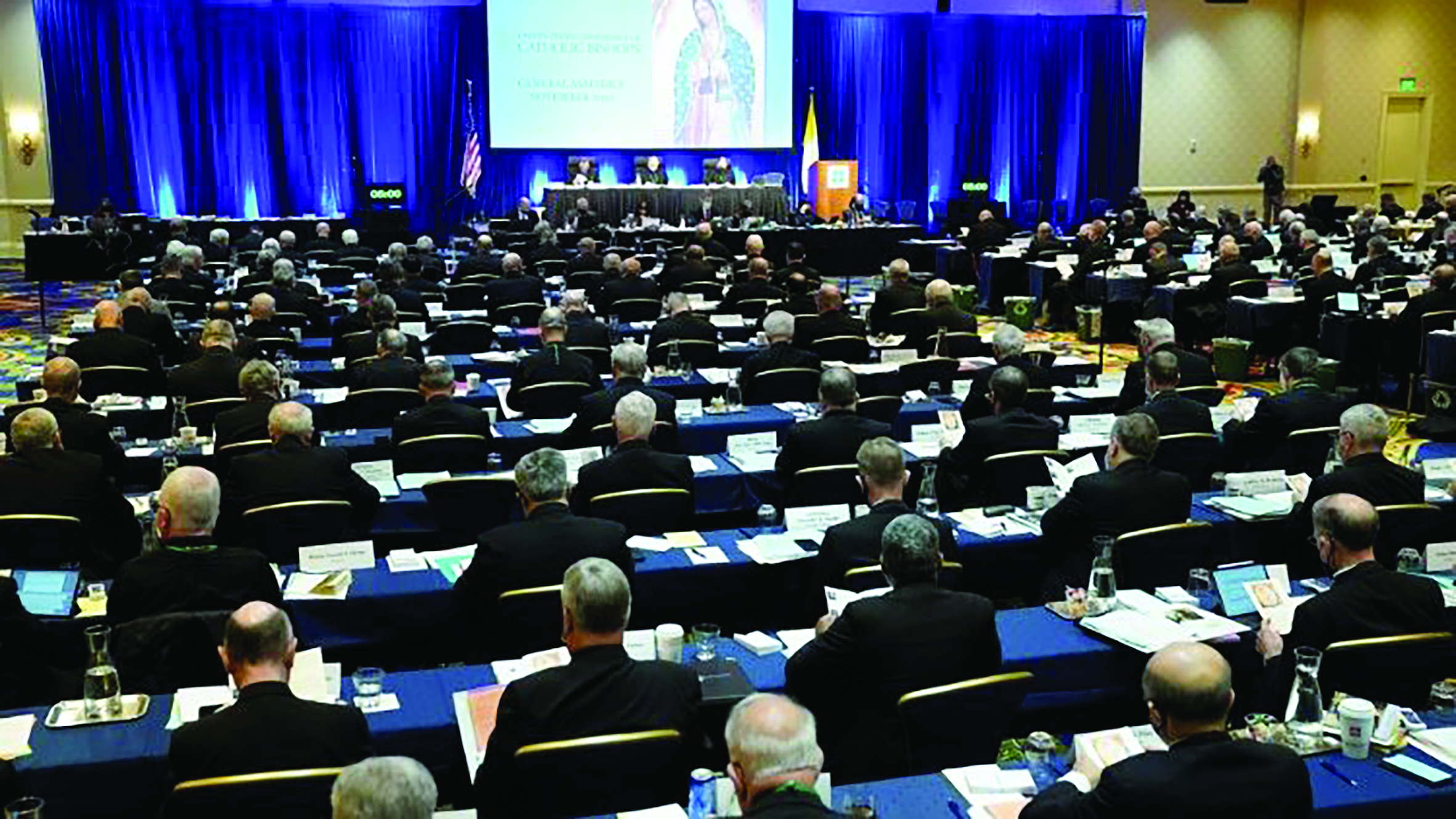It’s not a “Ratzinger Fan Club,” but rather a way to better understand the Faith…
No Catholic who wants to take an in-depth look into the faith and the reality of the Church of our time can skip the works of the “Theologian Pope,” Benedict XVI. To really deepen one’s knowledge, or to literally become an expert in all things Joseph Ratzinger, one can enter a new Master’s program launched in February this year. During two semesters at the Patristic Institute Augustinianum in Rome, the program, “Joseph Ratzinger: Studies and Spirituality,” teaches in eight parts the works and spirituality of the Emeritus Pope. The program is offered in English and Italian, and one of its professors is Monsignor Florian Kolfhaus, who spoke with CNA about the program.
Msgr. Kolfhaus, you teach students in the Master of Ratzinger Studies program. How did that come about?
Msgr. Florian Kolfhaus: Since I was a student in Rome, I’ve known Joseph Ratzinger, and still to this day my contact with him has not broken, but has actually intensified compared to the time of his pontificate, during which I met with him maybe only once a year. I know the person whose theology this Master’s program presents.
I have focused on Mariology for many years, which unfortunately has too few theologians devoted to it in the German-speaking world. I think that both are reasons why the Augustinianum — the institute for patristic studies in Rome — asked me to present Ratzinger’s thoughts on Mary. Another topic is the Spirit, charisms, and the Church.

Father Joseph Ratzinger with Father Yves Congar, O.P., two of the “experts” at the Second Vatican Council (1962-65)
For whom is this program intended? Who would enjoy it, or benefit from it?
Kolfhaus: The program is pertinent to anyone interested in studying theology — regardless of which author someone especially admires. It’s not a “Ratzinger Fan Club,” but rather about joy in the “sacred discipline” that makes an offer to the mind to better understand the Faith. Just as there are many spiritualities, so too are there many theologies. Insofar as they don’t contradict doctrine, they are legitimate. The theological “menu” should be abundant, and Joseph Ratzinger can’t be missing from it. The Master’s program has proven to be popular among European and American students, but unfortunately there are no German students.
What do the students expect?
Kolfhaus: The expectations are as varied as the countries of origin and vocations of the students. It is an international program with priests, seminarians, sisters, and laity. They all know that one of the greatest theologians of the 20th century became Pope. They know the documents and speeches of Benedict XVI, but are now interested in what he thought, said, and wrote as a scholar in the decades prior to his papacy. Many search for a solid theology and discover with Ratzinger not only his “favorites” — Augustine and Bonaventure — but also St. Thomas Aquinas and other great classics. Ratzinger is a brilliant starting point for them.

A poster for the new Master’s Program at the Augustinianum in Rome
For someone who does not want to start a Master’s now, but is interested in studying the most important works of Joseph Ratzinger, what works would you recommend?
Kolfhaus: As a Mariologist, I would of course recommend Daughter Zion. This short work is about the mother of Jesus, but at the same time it is also about the Church. In Mary, the Church can view herself, like looking in a mirror, in order to understand more deeply who she is… I also want to recommend the many lectures of Ratzinger, which are relatively short yet all the more dense, as an introduction to the reading.
What meaning does Joseph Ratzinger have for the interpretation of the Second Vatican Council?
Kolfhaus: Pope Benedict XVI coined the term “hermeneutic of continuity,” which has since been essential for the interpretation of Vatican II. He himself took part in the Council as a theological advisor and knows not only the texts but also their history of development. In his speech to the Chilean bishops in 1988, which is not yet published in the Opera Omnia, he already said that the last Council produced no “superdogma” that placed everything preceding it in the shadows. How different is the widespread characterization of the Council documents as milestones of a “Copernican Revolution.” For decades, an interpretation of the Council as a break in the Church has reigned, which has allowed a new chronology beginning with the Council to come into existence. It is one of Ratzinger’s great merits for this to not be followed in the mainstream. That also earned him, as we know, not only friends, but also enemies.






Facebook Comments